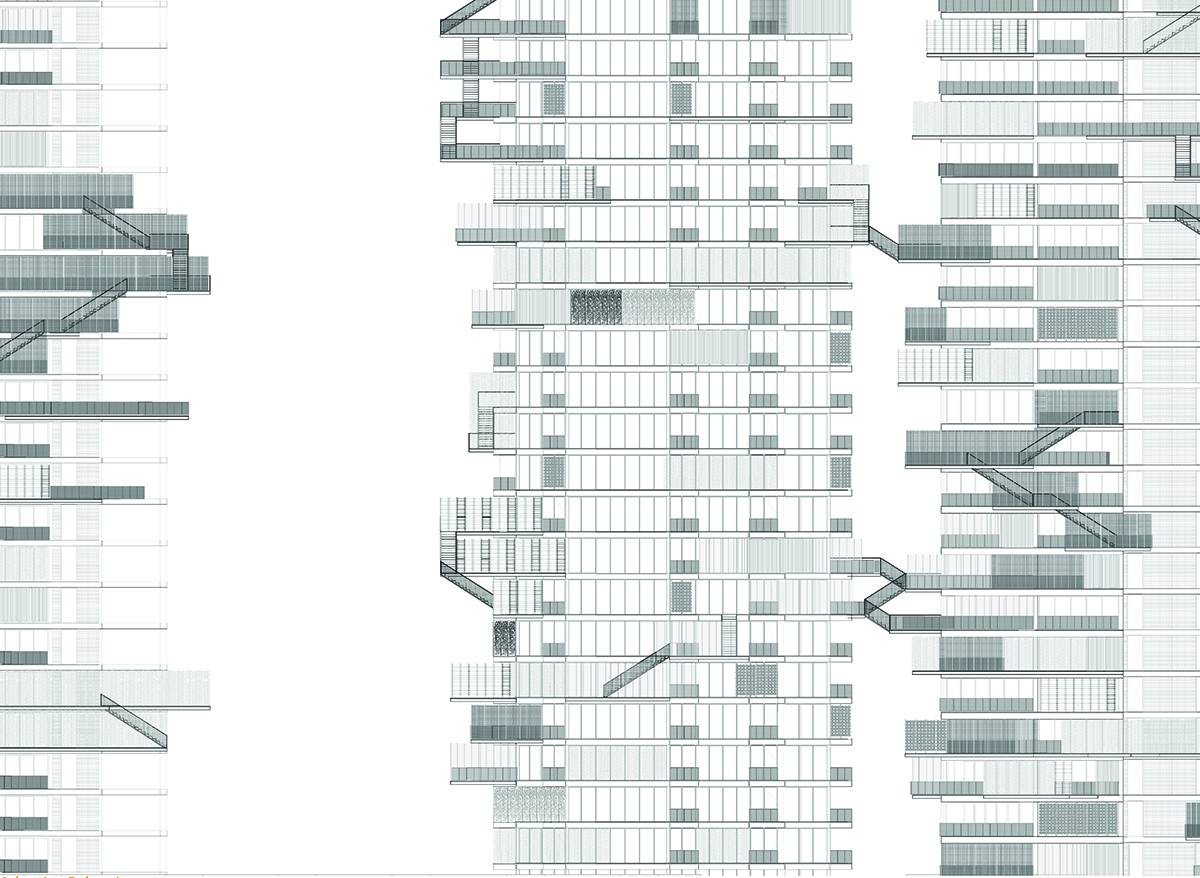
Adaptive Balconies: An Open Design System for Housing Tower Renewal at 545-565 Sherbourne Street, Toronto
Abstract by Sheida Shahi
This investigation is based on the renovation and reconsideration of residential tower neighbourhoods, and speculates an open design system as an alternative to current practices prevalent across the city of Toronto. The thesis imagines the future of dense built environments as a mediation between planning and emergence, and speculates a design system that can be adaptable and responsive to the needs of individual units.
The design research is focused on the balcony—defined as the extended threshold of each individual unit—within the context of urban residential neighbourhoods. Specifically, the balconies of the 1970s and 2010 rental housing development at 545-565 Sherbourne Street in Toronto and their occupancy are studied. In addition, the varying demographics, living conditions and informal programs within the site are explored. In this study, the importance of the balcony is highlighted as a platform for participation of the individual within the urban collective, and the relevance of a flexible exterior space is presented. The studies in this research position a need for attending to the significant role of the balcony in shaping urban form, for a reconsideration of its detachment to interior spaces and for addressing its rigidity in responding to the demanding needs of the units.
In order to position the design investigation, the idea of a small-scale and collaborative design strategy is studied through the analysis of informal cities and structures. Instances of un-intended informality formed through time in residential contexts—Ramot Housing in Jerusalem—and intended platforms for informality—such as the Quinta Monroy housing in Chile—are studied amongst others. The potentials of vertical connectivity and communication, between expanded and connected exterior spaces of residential towers, are also investigated through a series of case studies.
Within the design synthesis, strategies are proposed that will primarily address the structural and energy requirements of the balconies under study. These are accompanied by strategies that will serve as the infrastructure for forming adaptive balconies. Secondly, the design proposal introduces structural modules for incremental expansions of exterior spaces of each unit. Lastly, a range of adaptive and interchangeable screen modules—that can begin to modulate and mediate the balcony spaces—are investigated.
The examining committee is as follows:
Supervisor: Philip Beesley, University of Waterloo
Committee Members: Ila Berman, University of Waterloo
Maya Przybylski, University of Waterloo
External Reader: Rolf Seifert
The Defence Examination will take place on Monday January 19, 2015 6:30 PM in ARC 2026
A copy of the thesis is available for perusal in ARC 2106A. 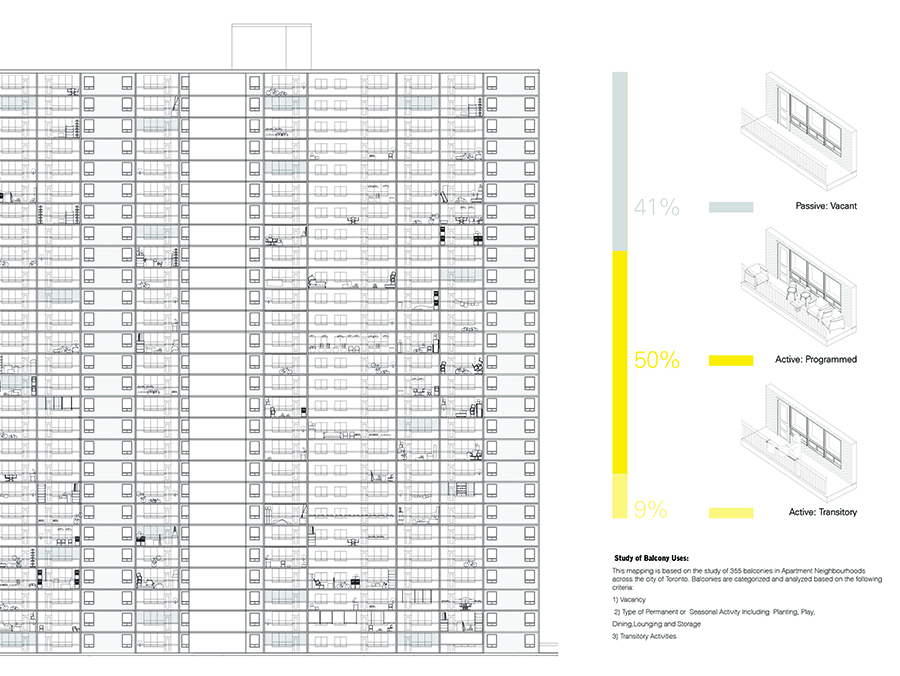
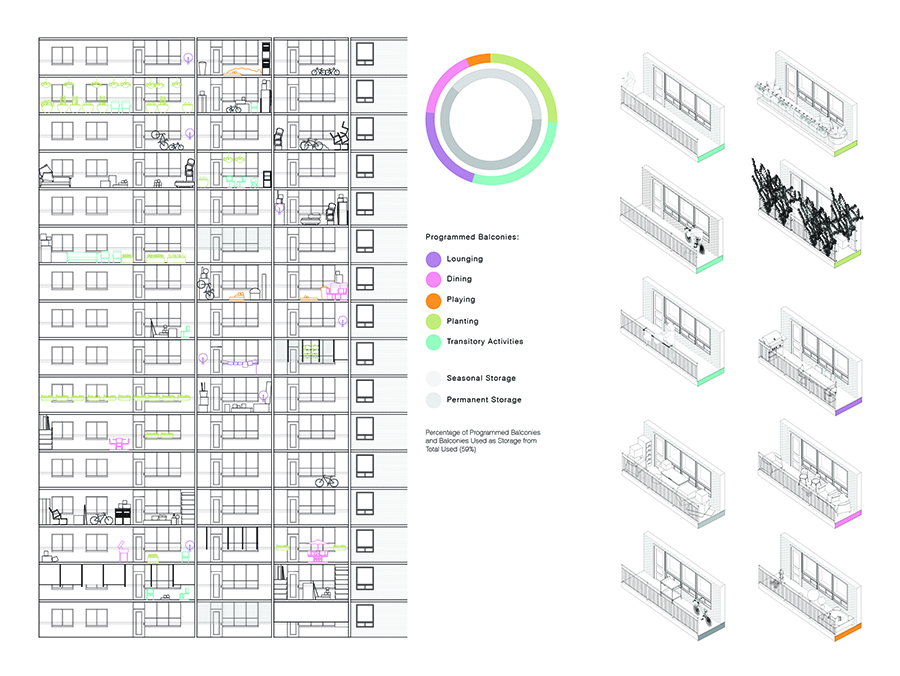
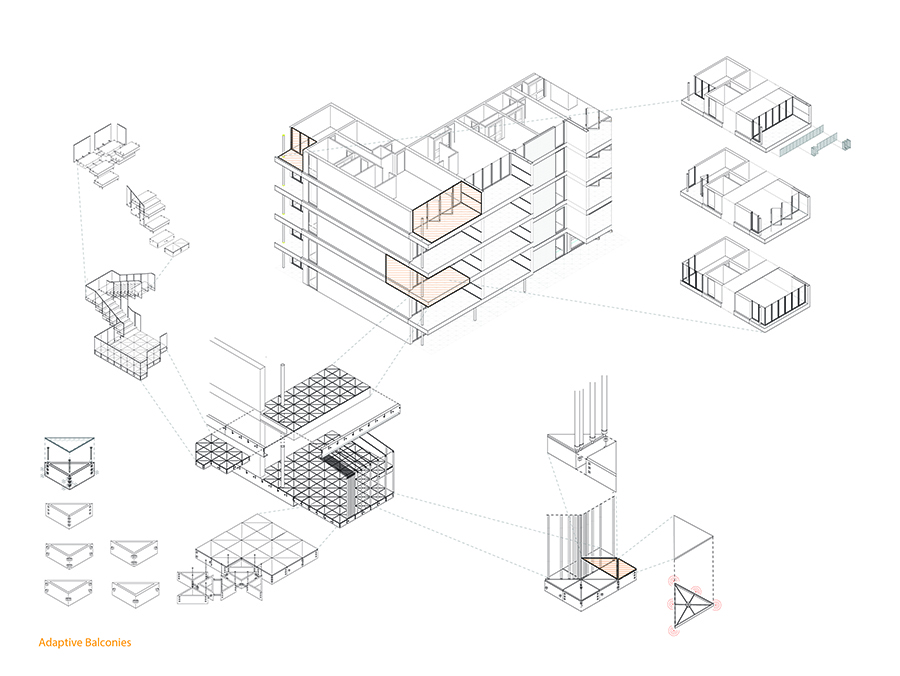
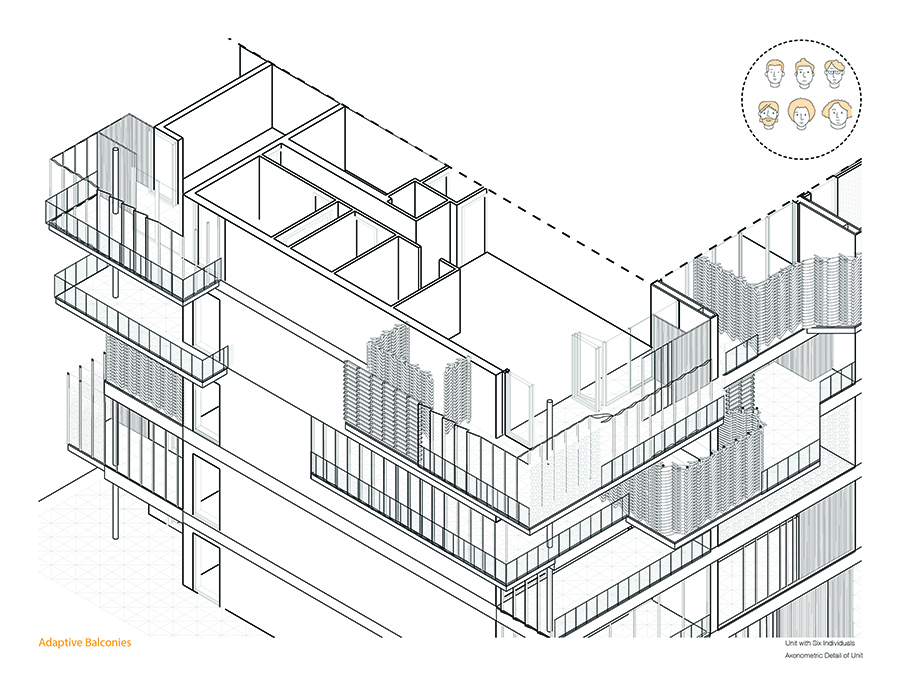
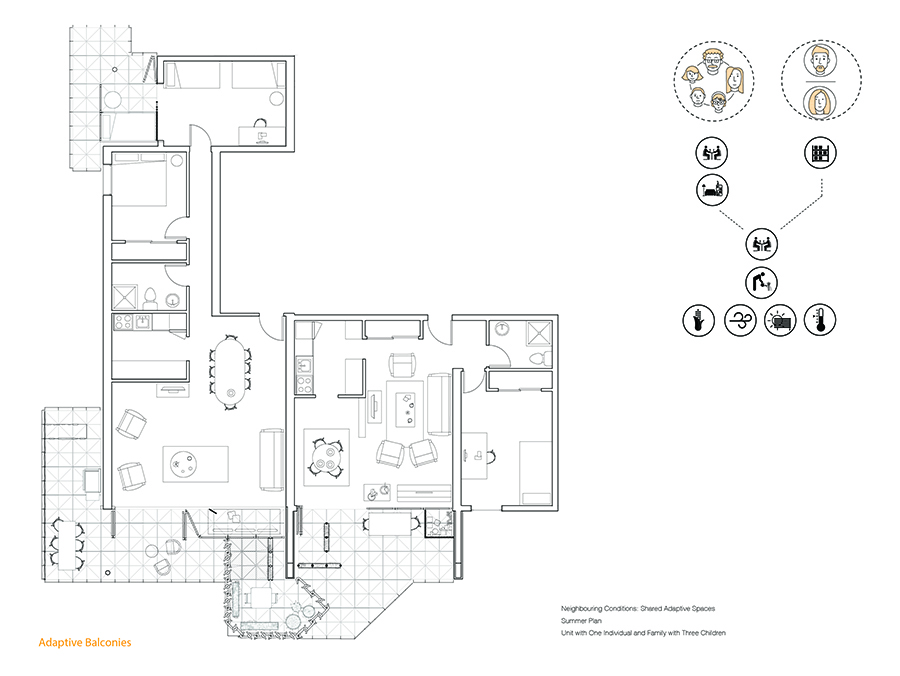
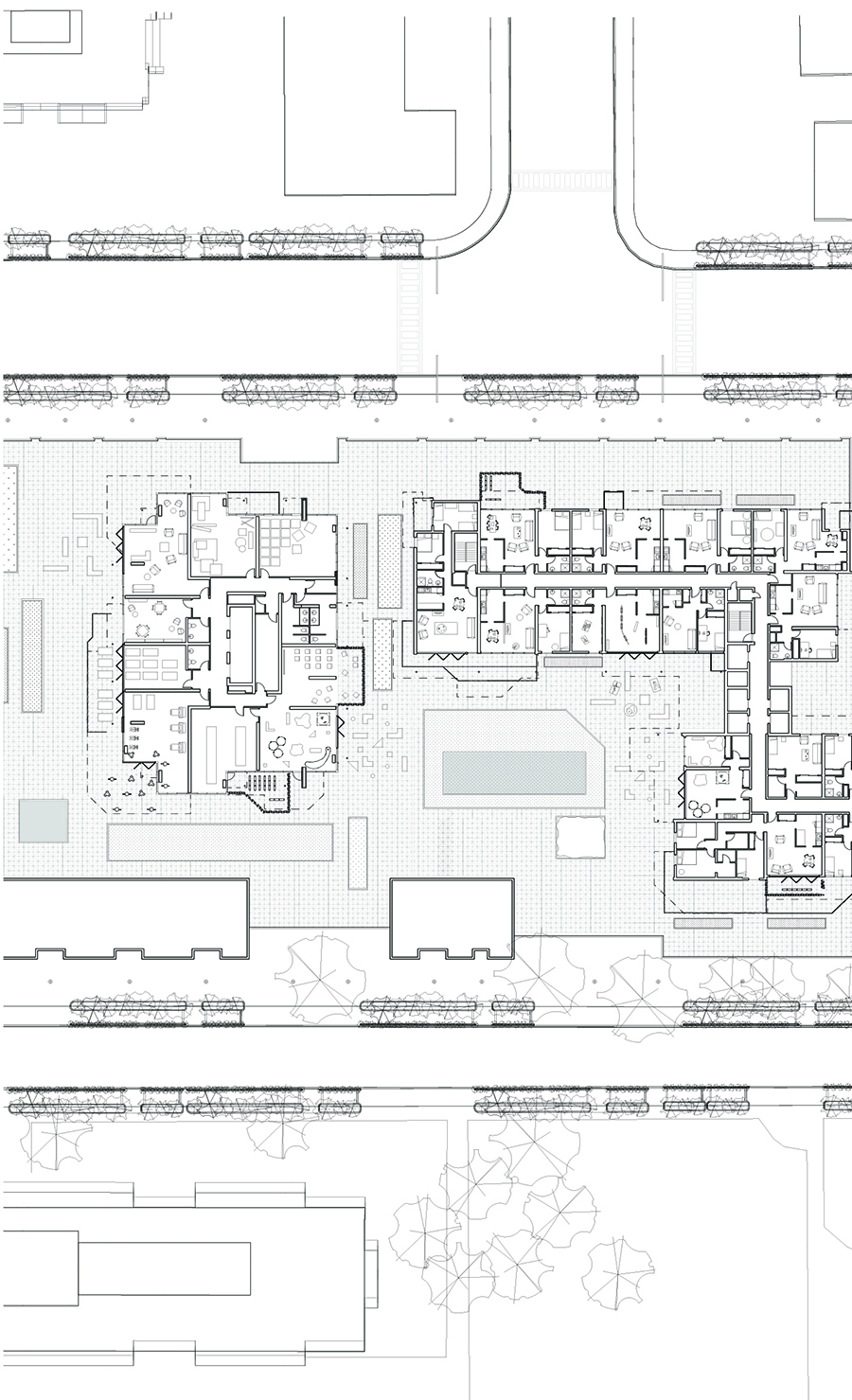




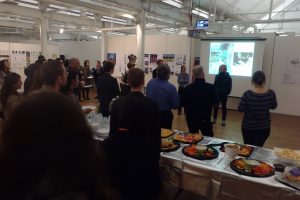
Leave a Reply